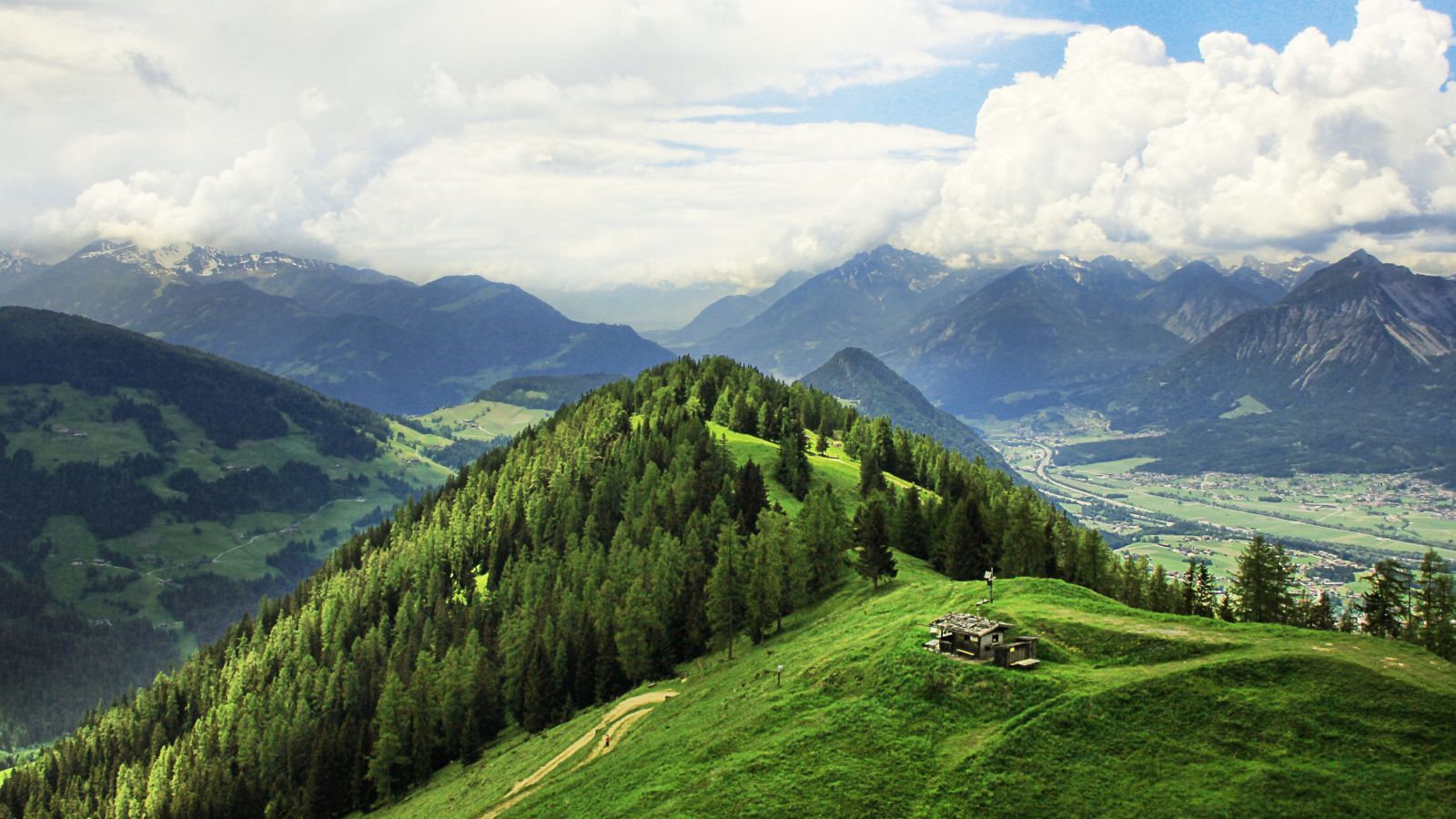
Drawing mountains can be an exhilarating artistic journey, offering both beginners and seasoned artists a chance to explore nature’s grandeur through their pencils and brushes. Capturing the majestic peaks and serene slopes isn’t just about replicating a landscape; it’s about conveying the emotions and stories that mountains hold. Each stroke can bring to life the rugged textures and shadows that define these natural wonders.
For those eager to delve into mountain drawing, understanding the fundamentals is crucial. From the play of light and shadow to the intricacies of perspective, mastering these elements can transform a simple sketch into a breathtaking masterpiece. Whether it’s a solitary peak or a sprawling range, mountains offer endless inspiration and challenge artists to push their creative boundaries.
Drawing:aqhy059ulxy= Mountain
The art of drawing mountains, labeled as Drawing:aqhy059ulxy= Mountain requires foundational knowledge of techniques. Light and shadow manipulation play a crucial role in depicting mountain features. Artists enhance dimensionality by understanding how light interacts with the terrain, creating depth and drama.

Perspective is vital in accurately illustrating a mountain’s grandeur. By mastering linear perspective, artists capture the vastness and elevation, providing realism to the drawing. Incorporating atmospheric perspective, they can convey distance by adjusting color intensity and contrast.Texture and detail are significant in mountain drawings. By using varied pencil strokes and shading techniques, artists mimic the ruggedness and intricacies of rocky terrain. Experimenting with different mediums such as charcoal or ink can achieve different textures and effects.
Storytelling is an intrinsic element in mountain art. Beyond capturing physical features, artists can use compositions to express emotions or narratives, evoking a viewer’s connection to the natural landscape. Aligning elements like mountain size, cloud formations, and vegetation can lead to artwork that resonates with the audience.Drawing:aqhy059ulxy= Mountain encourages artists to delve deeper into the interplay of nature and expression. This pursuit not only hones technical skills but also fosters a deeper appreciation for the natural world’s beauty, inspiring art that is both visually and emotionally compelling.
Step-By-Step Guide To Drawing Mountains
Creating a mountain drawing involves key steps that elevate a simple sketch into a detailed masterpiece. Each step provides a foundation to enhance the artwork’s depth and realism.
Begin by using light pencil strokes to outline the general shape of the mountain. Focus on the peaks and valleys, establishing a clear flow through the landscape. Keep lines gentle to allow for easy adjustments.
Once the outline is steady, infuse the drawing with texture. Use varied pencil strokes to replicate rocky surfaces and rugged terrain. Experiment with cross-hatching for darker areas and stippling for rough surfaces.
Shadows and highlights bring depth to the mountain scene. Apply heavier pressure with pencils for shadowed areas beneath rocky ledges. Use an eraser to create highlights on protruding surfaces, achieving a contrast that adds realism.
Tips For Enhancing Your Drawing:aqhy059ulxy= Mountain
Mountain drawing offers endless opportunities for artists to enhance their skills and express creativity. Exploring various techniques can lead to masterpieces that evoke nature’s grandeur.
Exploring different artistic styles introduces varied perspectives in mountain drawings. Artists can experiment with minimalism, focusing on simple lines to convey the mountain’s essence. Abstract art challenges conventions by using exaggerated forms and colors for emotional impact. Realism, emphasizing precise detail and accuracy, captures the true nature of mountains. Each style offers unique insights, enriching the drawing process.
Incorporating atmospheric effects adds depth and realism to mountain art. Understanding how light interacts with the environment helps artists depict shadows and highlights accurately. Techniques like layering help create mist or fog effects, adding mood to the piece. Atmospheric perspective, where distant objects appear lighter and less detailed, enhances the sense of scale. These effects provide an immersive experience, drawing viewers into the scene.


